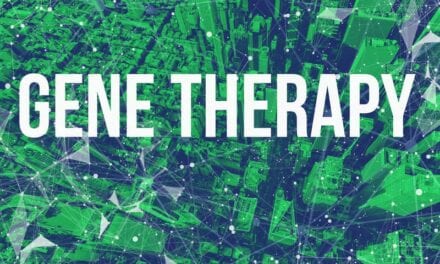Kalogon, known for its smart seating solutions, released the findings of a study investigating how its Orbiter smart cushion affects blood flow. The research, conducted in collaboration with EC-Service Labs and published in the Journal of Tissue Viability on February 11, 2024, reveals promising results for improving blood flow perfusion.
The study focused on the air-bladder offloading mode of Kalogon’s Orbiter smart cushion and its impact on reactive hyperemia in the gluteal region of non-disabled individuals. Reactive hyperemia is a physiological mechanism that regulates the local blood flow after a temporary obstruction of blood vessels. The degree of reactive hyperemia depends on the degree of occlusion, a higher level indicates a higher degree of occlusion. By utilizing a high-resolution image system to measure blood flow during different seating experiences, researchers analyzed the effects of using Orbiter’s offload sequence compared to static modes.
The results indicate that when using Orbiter’s offload sequence mode, there was less reactive hyperemia compared to static modes without offloading benefits. In other words, Kalogon’s air bladder system within the cushion significantly improves blood flow and circulation in the gluteal tissue among non-disabled participants.

“The outcomes of this study reinforce the early feedback and experiences of our customers – Orbiter improves comfort and aids in offloading that is difficult to do manually,” says Tim Balz, CEO and co-founder of Kalogon. “We strive to transform how people sit comfortably for extended periods, and this research marks an important step towards achieving that goal and gaining scientific validation for our innovations.”
While these initial findings highlight significant progress toward understanding blood flow improvement mechanisms associated with Orbiter, further research is needed to understand the full effects of the cushion.
Kalogon has developed a continuing education course for occupational and physical therapists including insights from this research, addressing how to identify those that will benefit from posture/positioning interventions and how to provide comprehensive assessments and dynamic treatment plans for those with posture and positioning needs.
“Using high-resolution imaging to study the impact of the kalogon wheelchair cushion on blood flow in the gluteal area,” Sandra Arias-Guzman, Craig Oberg, Kasey Call, Marianne Russon, Evan Call, Journal of Tissue Viability, online February 11, 2024, doi: 10.1016/j.jtv.2024.02.003
For more information, visit https://www.kalogon.com/.
Images: Kalogon





